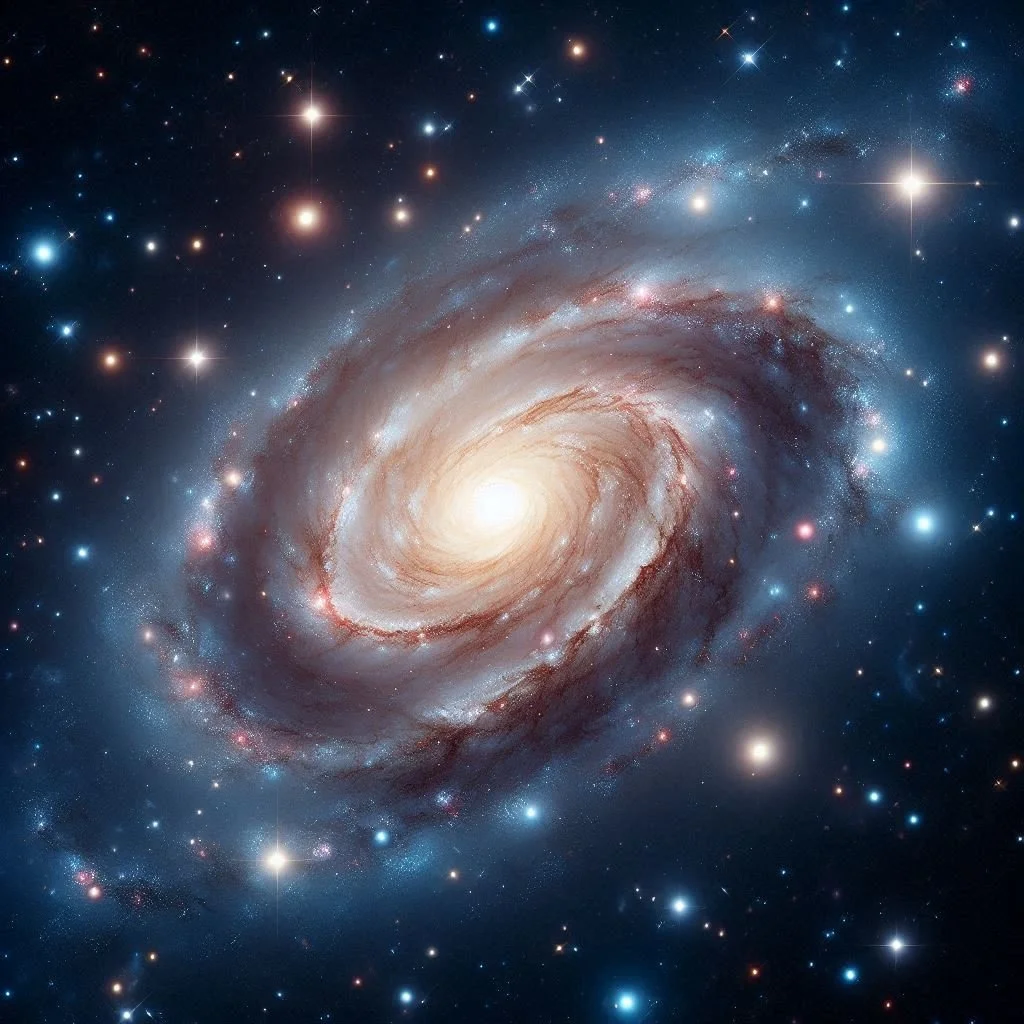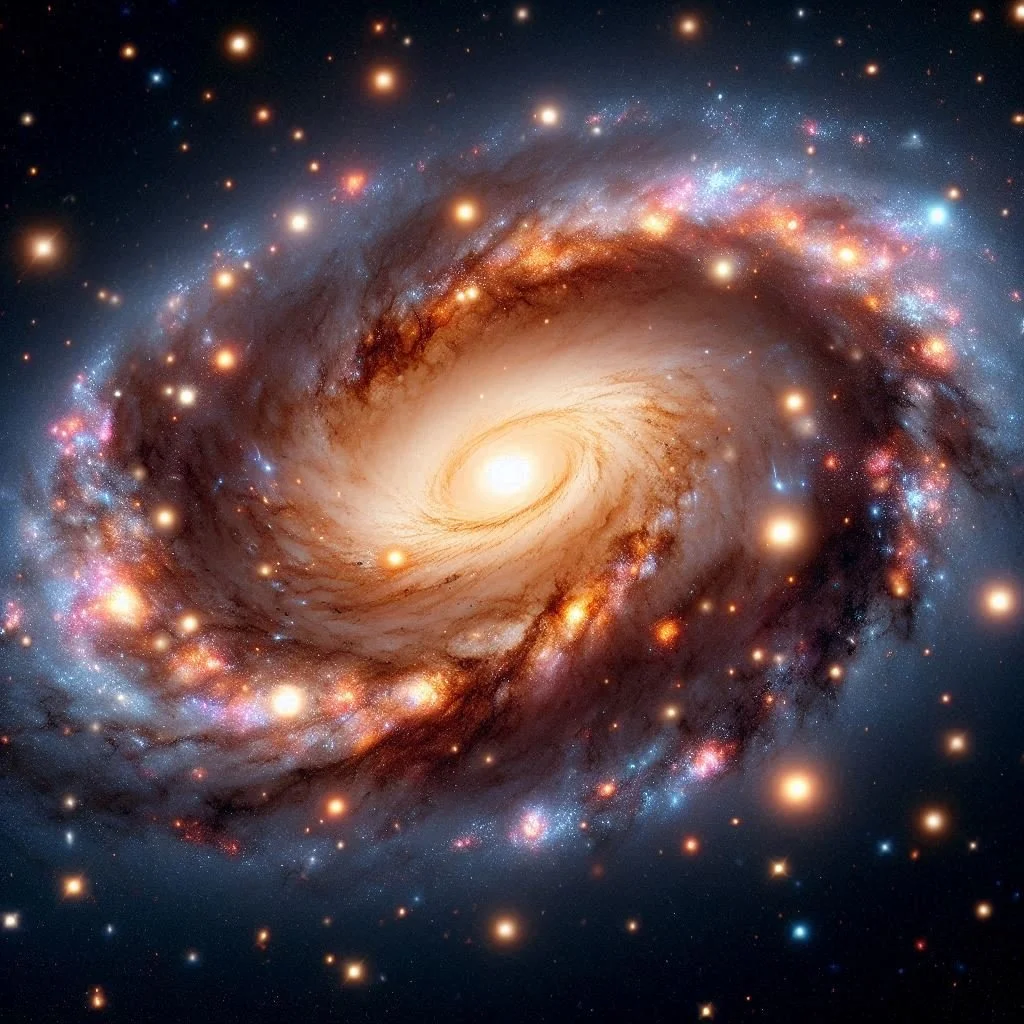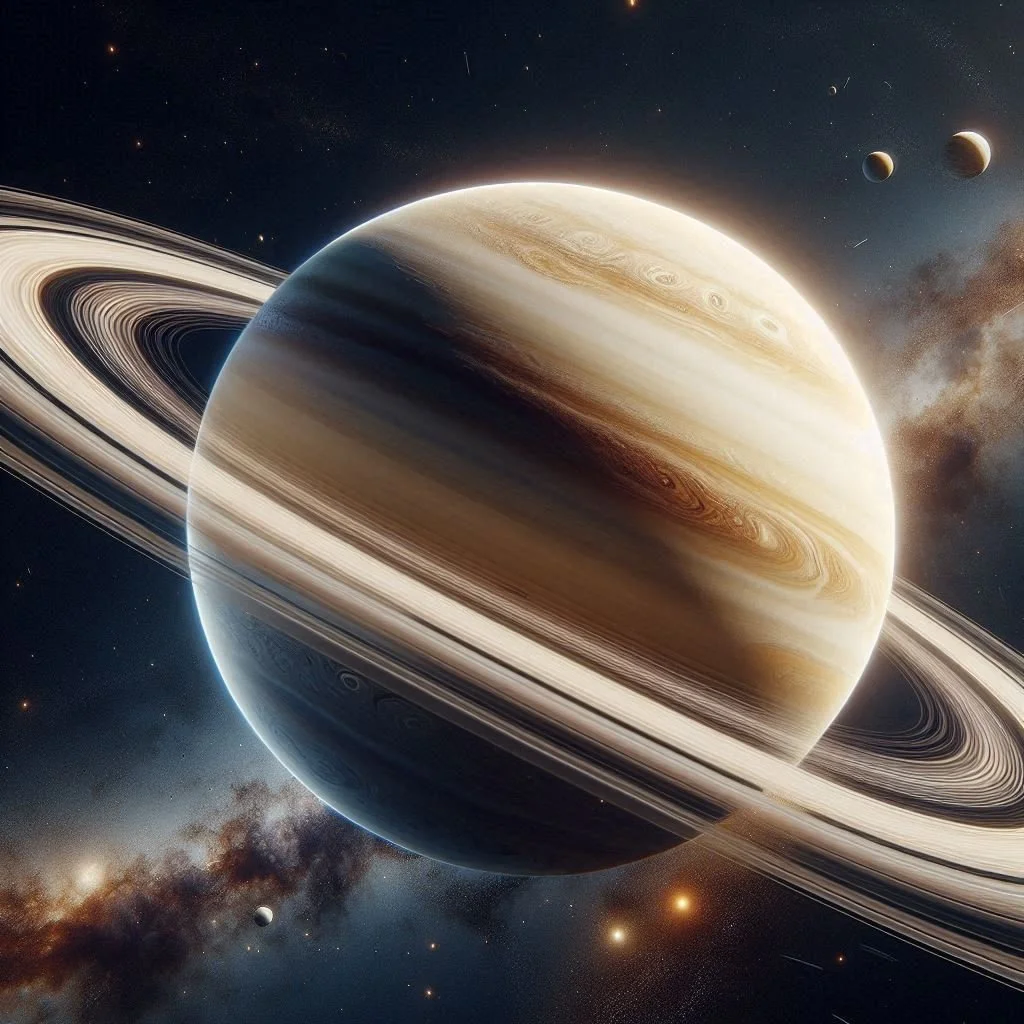
Exploring the Milky Way's Proto-Galaxy: A Chemical and Structural Investigation Using APOGEE-Gaia
This study by Horta and Schiavon uses data from the APOGEE and Gaia surveys to investigate the Milky Way's proto-galaxy—its earliest stellar components. By analyzing the chemical compositions and distribution of ancient stars, the authors identify distinct populations, including those from the galaxy's main progenitor and from past mergers like Gaia-Sausage-Enceladus. Using a Plummer model, they estimate the mass of the proto-galaxy to be about 9.1 x 10^8 solar masses, providing insights into the early formation of the Milky Way and its structural evolution.

Star Formation History of Gaia-Sausage-Enceladus: What Elemental Abundances Reveal
The study by Ernandes et al. investigates the star formation history of the Gaia-Sausage-Enceladus (GSE) galaxy using elemental abundances from its stars. The results show that GSE's star formation began gradually and extended for over 2 billion years. However, it ended abruptly, likely due to its merger with the Milky Way. Comparing GSE's chemical patterns to dwarf galaxies like Sculptor and Fornax reveals that GSE's history was similar to Fornax's slow growth but was cut short by external forces.

Following the Tidal Trail: Understanding the Magellanic Stream
The Magellanic Stream is a vast trail of gas extending from the Large and Small Magellanic Clouds, dwarf galaxies orbiting the Milky Way. This structure, formed through tidal and hydrodynamic forces during the galaxies' interactions with each other and the Milky Way, has been mapped using radio observations. The Stream's composition and motion suggest that it was stripped from the Clouds during their first encounter with the Milky Way. While much progress has been made in understanding the Stream, open questions remain about its origin, distance, and ionization processes, which future research will address.

Revisiting HD 28185: The Surprising Discovery of an Outer Planet in a Saturn-like Orbit
Astronomers recently revisited the exoplanet system around the star HD 28185, leading to a surprising discovery. While it was already known to host a giant planet with an Earth-like orbit, new research by Alexander Venner and his team revealed a second planet, HD 28185 c, previously thought to be a brown dwarf. This outer planet, about six times the mass of Jupiter, follows a Saturn-like orbit, making it one of the most distant exoplanets detected through radial velocity and astrometry methods. The findings offer exciting insights into how distant giant planets may be more common than previously thought.
